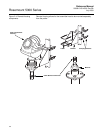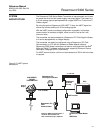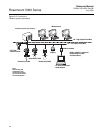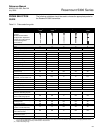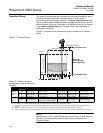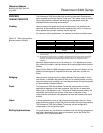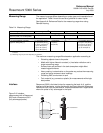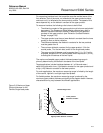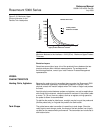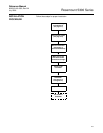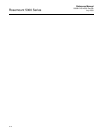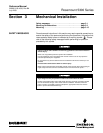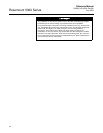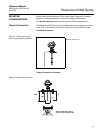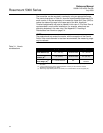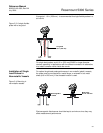
Reference Manual
00809-0100-4530, Rev BA
July 2009
Rosemount 5300 Series
2-14
Figure 2-10. Maximum Upper
Product thickness for the
Flexible Twin Lead probe.
NOTE!
Maximum distance to the interface = 164 ft.(50 m) - Maximum Upper Product
Thickness.
Emulsion Layers
Sometimes an emulsion layer (mix of the products) forms between the two
products and can affect interface measurements. For assistance with
emulsion applications, consult your local Emerson Process Management
representative.
VESSEL
CHARACTERISTICS
Heating Coils, Agitators Because the radar signal is transmitted along a probe, the Rosemount 5300
Radar transmitter is generally not affected by objects in the tank. Avoid
physical contact with metallic objects when Twin Lead or Single Lead probes
are used.
Avoid physical contact between probes and agitators, as well as applications
with strong fluid movement, unless the probe is anchored. If the probe is able
to move 1 ft. (30 cm) from any object, such as an agitator, during operation,
the probe tie-down is recommended.
To stabilize the probe for side forces, a weight may be hung at the probe end
(flexible probes only) or fix/guide the probe to the tank bottom.
Tank Shape The guided wave radar transmitter is insensitive to tank shape. Since the
radar signal travels along a probe, the shape of the tank bottom has virtually
no effect on the measurement performance. The transmitter can handle flat or
dish-bottom tanks.
Lower product
dielectric constant
Upper product dielectric constant
Flexible Twin Lead
Maximum Upper Product
Thickness, ft (m)



